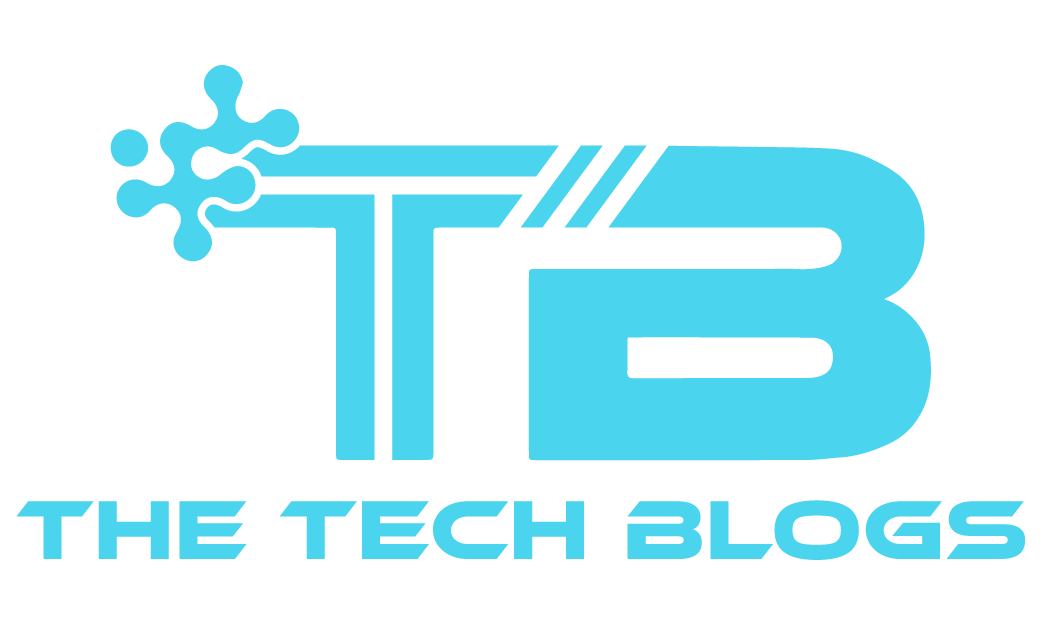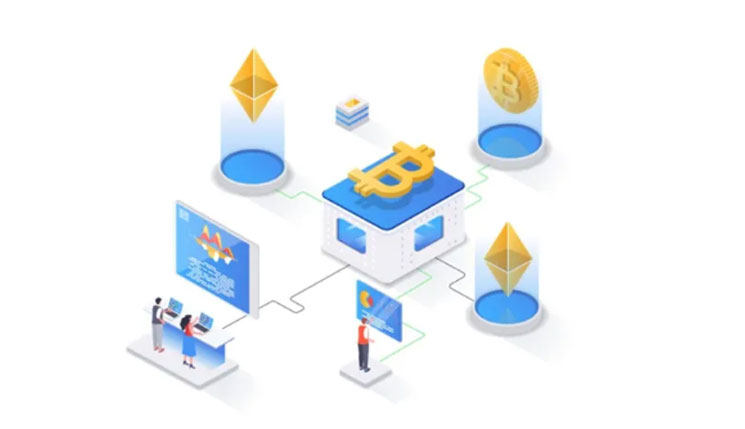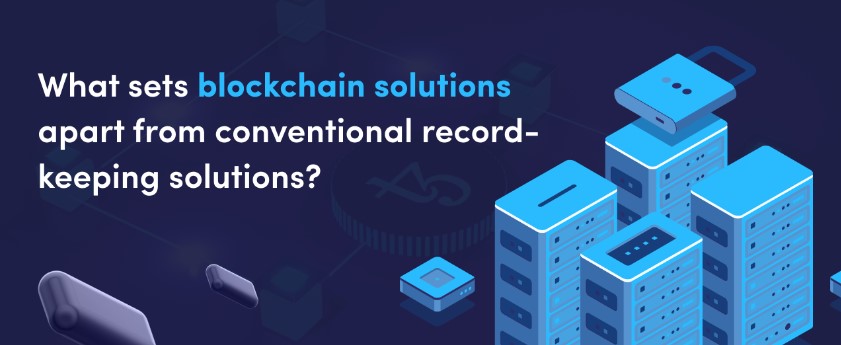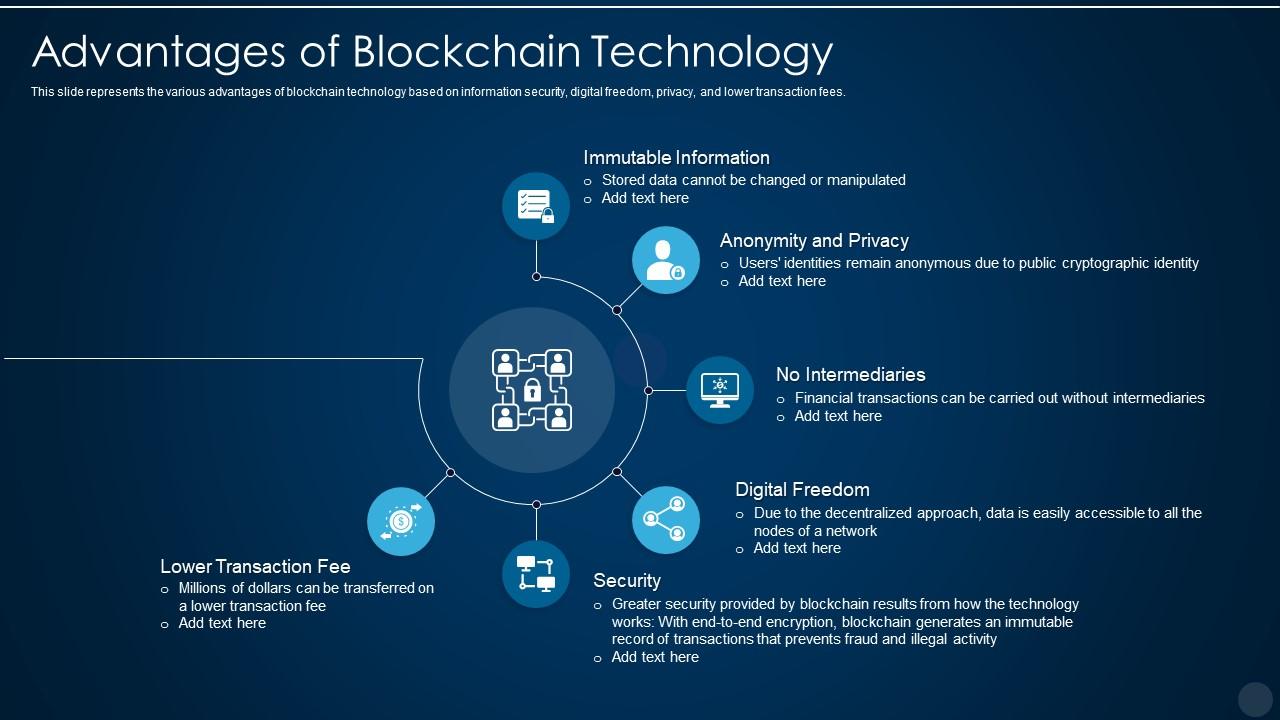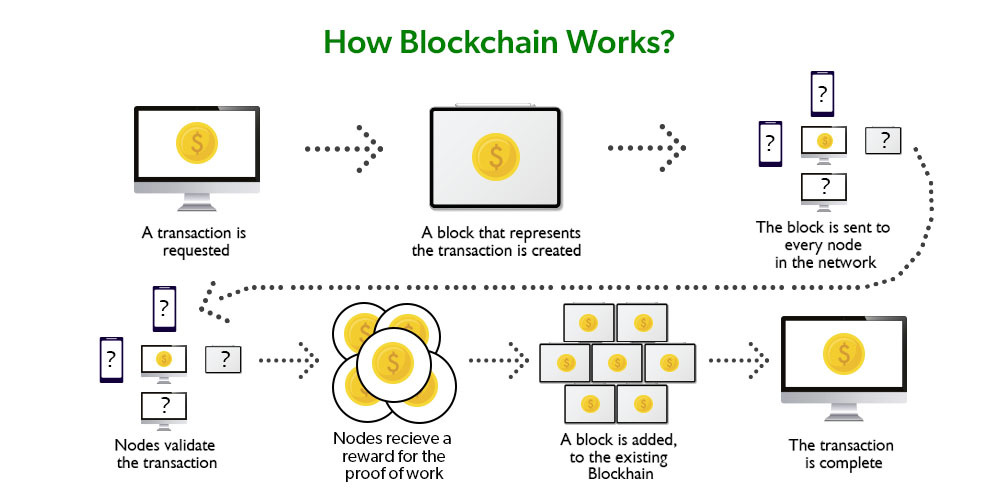Introduction: The Buzz Around Blockchain
If you’ve been keeping up with technological trends, you’ve undoubtedly heard about blockchain. So, let’s tackle the question head-on: Which model describes how data is written to a blockchain?
Understanding the Fundamentals: What is Blockchain?
To begin with, it’s imperative to understand what blockchain is. Essentially, it’s a tamper-proof, decentralized ledger system that logs every transaction across a network of computers.
The Historical Landscape: The Evolution of Blockchain
Blockchain has come a long way since the birth of Bitcoin in 2008. Indeed, different forms have emerged, featuring unique mechanisms for writing data.
How Did Blockchain Technology Evolve?
Initially, blockchain was a singular, monolithic technology used for Bitcoin. Over time, it has branched out into diverse applications, proving its versatile nature.
Key Importance: Why Data Matters in Blockchain
Blockchain technology is more than just a fad. Furthermore, it offers unmatched security, transparency, and accountability, making it revolutionary in fields ranging from finance to healthcare.
Unpacking the Benefits of Blockchain in Data Management
Blockchain has the potential to revolutionize data management in various sectors. For instance, it can streamline supply chain processes, guarantee secure transactions in finance, and even enhance healthcare systems.
A Quick Primer: Traditional Data Models
Before diving into the crux of the issue, it’s useful to consider how traditional data models operate. Unlike blockchains, traditional models, like SQL databases, store data in centralized systems, which poses security risks.
Risks Associated with Traditional Models
Centralized databases can be susceptible to hacking and corruption. Moreover, they lack the transparency and security features inherent to blockchain technology.
The Heart of the Matter: Which Model Describes How Data is Written to a Blockchain?

Finally, we arrive at the central question. In the blockchain, data is written using a decentralized model. Each transaction is encapsulated within a block, which, once full, becomes part of the blockchain through a consensus mechanism.
The Intricacies of Data Writing in Blockchain
Not only does the blockchain have a specific data writing model, but it also has built-in mechanisms to validate and secure each transaction.
Core Components: What Makes Up a Blockchain Data Model?
A blockchain comprises transactions, blocks, and the overall chain. Each block acts as a mini-database that houses an array of transactions.
How Transactions Enter and Solidify in the Blockchain
After receiving validation from network nodes, transactions enter a block. Consequently, once the block reaches its capacity, it becomes an unchangeable part of the blockchain.
Cryptographic Significance: Why Encryption Matters
Cryptography plays an essential role in data writing, ensuring both the integrity and security of the data.
Blockchain and Cryptography: A Match Made in Heaven
By utilizing advanced encryption techniques, blockchain adds an extra layer of security, essentially binding each block to the chain.
Unchangeable by Design: The Immutable Nature of Blockchain
One of the most compelling features of blockchain is its immutability. Once a block is part of the blockchain, altering it is impossible.
Why Immutability is a Game-Changer
Immutability not only enhances security but also promotes trust among users, further elevating the blockchain’s appeal.
FAQs: Answering Your Pressing Questions
What Ensures Data Integrity in Blockchain?
Thanks to its decentralized nature and cryptographic techniques, blockchain guarantees unparalleled data integrity.
How Secure is Blockchain?
In short, it is highly secure due to its transparent and immutable features.
What is a Consensus Algorithm?
A consensus algorithm is a protocol by which network nodes validate transactions.
What Comprises a Blockchain?
The foundation lies in its blocks, transactions, and the chain.
Can Blockchain Data be Altered?
To put it bluntly, no. Blockchain data is permanent and immutable.
How Can I Dive Into Blockchain Technology?
You can start with comprehensive research, specialized courses, and participation in community projects.
Conclusion: Wrapping it All Up
So, there you have it. Understanding which model describes how data is written to a blockchain can be transformative. With its mix of security, transparency, and immutable data, blockchain is redefining how we approach data management.
